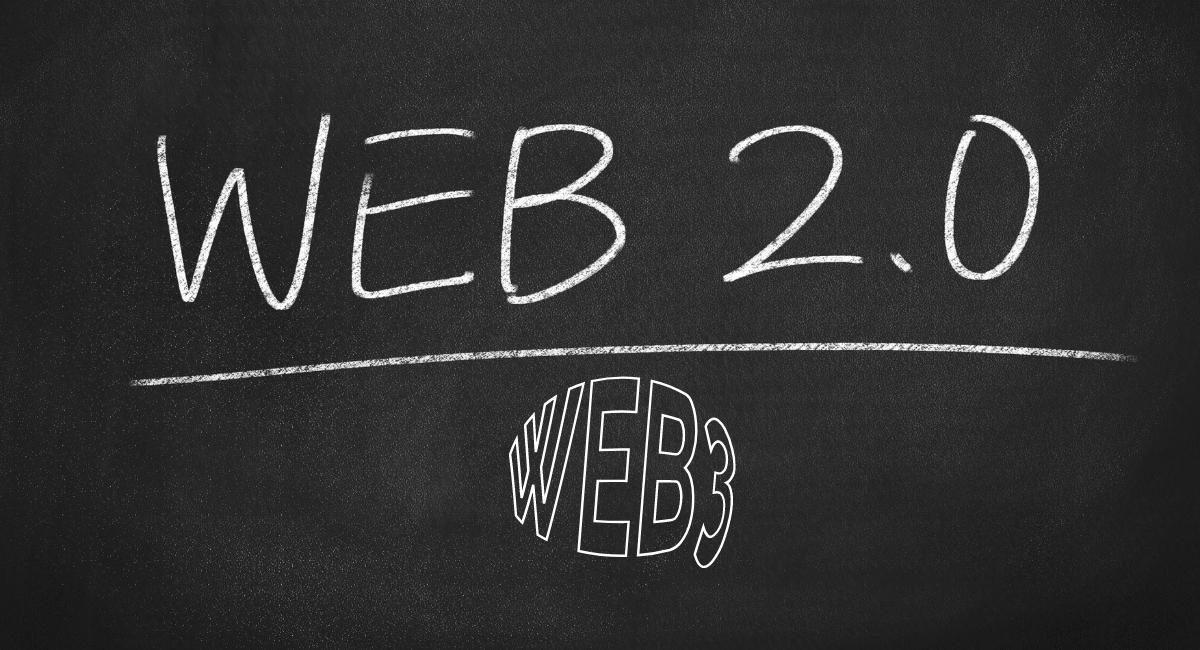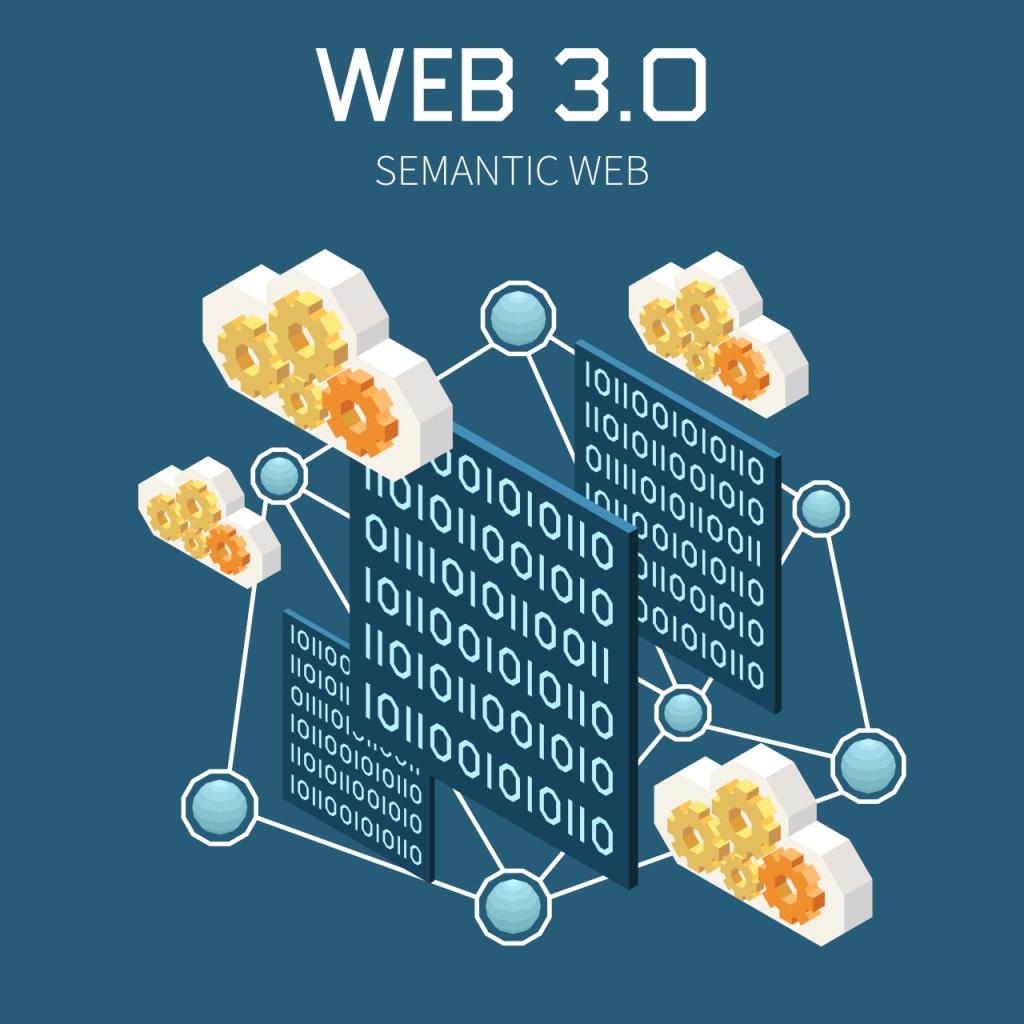The internet is in the midst of a major evolution, driven by advancements in technology and changing user expectations.
In a moment, you’ll see Web3 and Web2 compared, exploring their key differences and the innovative features that set them apart. We’ll also examine how blockchain technology is shaping the future of the internet.

Web2 vs Web3: Overview
Web2 and Web3 represent different eras in the evolution of the internet. Web2, often called the “read-write” web, introduced interactive and user-generated content. Social media platforms, blogs, and collaborative tools have become central to our online experiences.
In contrast, Web3, or the “read-write-execute” web, aims to create a decentralized internet using blockchain technology, giving users more control and ownership over their data and online interactions.
Here’s a comparison table:
| Aspect | Web2 | Web3 |
| Centralization | Centralized platforms and services (e.g., Facebook, Google) | Decentralized networks and applications |
| Data Ownership | Controlled by platforms and corporations | Owned and controlled by users |
| User Privacy | Often compromised; data used for targeted advertising | Enhanced privacy; data is encrypted and user-controlled |
| Transactions | Intermediaries are required (e.g., banks, payment gateways) | Peer-to-peer transactions with blockchain technology |
| Monetization | Platform-driven; ads and data monetization | Token-based economies and decentralized finance (DeFi) |
What is Web2?

Web2 refers to the current phase of the internet, characterized by interactive, user-generated content and the dominance of centralized platforms. It represents a shift from static web pages to dynamic, social, and collaborative experiences.
Web2 platforms like Facebook, Twitter, and Google have become integral to daily life, providing services ranging from social networking to cloud storage.
How Does Web2 Work?
Web2 relies on centralized servers and databases managed by large corporations. Users interact with these platforms through web browsers or mobile apps, generating content, sharing information, and engaging with other users.
The data generated by users is stored on the platforms’ servers and is often used for targeted advertising and analytics.
Layers of Web2
- Server Layer: Centralized servers owned by corporations that host data and applications.
- Application Layer: Web and mobile applications that provide services and functionalities to users, such as social media, e-commerce, and search engines.
- Data Layer: Databases and data storage systems used to manage and analyze user-generated content and interactions.
- User Interface Layer: Websites and apps through which users access and interact with Web2 services.
Advantages and Disadvantages of Web2
Advantages
- User-Friendly: Mature technology with established user interfaces and workflows.
- Broad Adoption: Widespread use of platforms and applications, making it easy to find and connect with other users.
- Integration: Seamless integration with various online services and tools, enhancing user experience.
- Innovation: Continuous development of new features and improvements to existing platforms.
Disadvantages
- Centralization: Concentrates power and control in the hands of a few large corporations, leading to potential abuse of data and privacy.
- Data Privacy: User data is often collected, stored, and monetized by platforms without clear consent or compensation.
- Security Risks: Centralized systems are vulnerable to hacks and breaches, potentially compromising user data.
- Monetization Issues: Platforms often prioritize revenue generation through ads and data sales over user experience and privacy.
What is Web3?

Web3 is the next generation of the internet, leveraging blockchain technology to create a decentralized, user-centric online ecosystem.
Unlike Web2, where power and control are concentrated in the hands of a few large corporations, Web3 aims to redistribute power to individual users, promoting greater transparency, privacy, and ownership.
How Does Web3 Work?
Web3 operates on blockchain technology, which is a distributed ledger system that records transactions across a network of computers. This technology eliminates the need for intermediaries by allowing peer-to-peer interactions.
Smart contracts—self-executing contracts with terms directly written into code—automate and enforce agreements without human intervention. Decentralized applications (dApps) run on these blockchain networks, providing various services and functionalities directly to users.
Layers of Web3
- Protocol Layer: This includes the underlying blockchain networks, such as Ethereum, Polkadot, and Binance Smart Chain, that provide the infrastructure for Web3 applications.
- Network Layer: Decentralized networks like IPFS (InterPlanetary File System) that facilitate data storage and sharing in a distributed manner.
- Application Layer: dApps that interact with users, offering services like decentralized finance (DeFi), social networks, and marketplaces.
- User Interface Layer: Tools and interfaces that enable users to interact with Web3 applications, such as digital wallets and decentralized exchanges.
Advantages and Disadvantages of Web3
Advantages
- Decentralization: Reduces reliance on central authorities, enhancing user control and reducing single points of failure.
- Enhanced Privacy: Users maintain control over their personal data and transactions, which are secured by blockchain encryption.
- Ownership and Control: Users own their data and digital assets, which can be transferred or sold without intermediaries.
- Transparency: All transactions and smart contract operations are recorded on a public ledger, promoting accountability.
- Innovation: Encourages the development of new financial models, decentralized applications, and business opportunities.
Disadvantages
- Complexity: The technology can be challenging for non-technical users to understand and use effectively.
- Scalability: Current blockchain networks face scalability issues, leading to slower transaction speeds and higher costs.
- Regulatory Uncertainty: The decentralized nature of Web3 poses challenges for existing regulatory frameworks, leading to potential legal and compliance issues.
- Adoption Barriers: Widespread adoption requires significant changes to current infrastructure and user behavior, which can be slow and costly.
Web2 vs Web3: Which is Better?
The debate between Web3 and Web2 is ongoing, and each has its strengths and weaknesses.
Web2 offers a mature, user-friendly ecosystem with broad adoption and integration, but it comes with concerns about centralization, data privacy, and security. Web3, on the other hand, promises a more decentralized, user-controlled internet with enhanced privacy and transparency, but it faces challenges related to complexity, scalability, and adoption.
Ultimately, the choice between Web2 and Web3 depends on the specific needs and goals of users and developers. Web3 represents a significant shift towards a more equitable and open internet, while Web2 continues to provide a robust platform for existing online activities.
Conclusion
As blockchain technology drives the evolution from Web2 to Web3, we witness a fundamental shift in how we interact with the internet. While Web2 has shaped our online experiences with interactive content and centralized platforms, Web3 offers a vision of a decentralized, user-centric web that empowers individuals and enhances transparency.
Understanding these differences helps us navigate the future of the internet and embrace the opportunities and challenges that lie ahead.
Tradersdna is a leading digital and social media platform for traders and investors. Tradersdna offers premiere resources for trading and investing education, digital resources for personal finance, market analysis and free trading guides. More about TradersDNA Features: What Does It Take to Become an Aggressive Trader? | Everything You Need to Know About White Label Trading Software | Advantages of Automated Forex Trading









